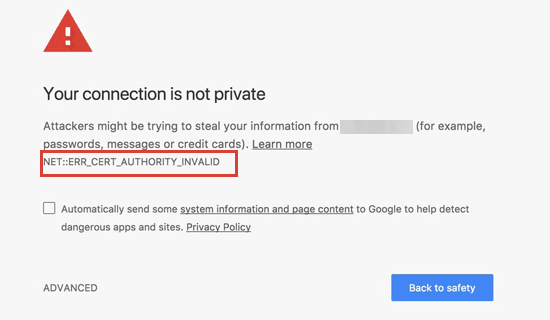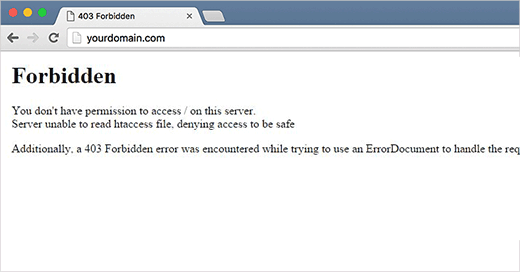Share
Share

Fixing SSL issues in WordPress ensures that your site is secure and displays correctly without browser warnings. Below are common SSL issues and how to resolve them:
1. SSL Certificate Not Installed Properly
Issue:
Your website shows a “Not Secure” warning or errors like ERR_SSL_PROTOCOL_ERROR.
Solution:
- Verify that the SSL certificate is installed:
- Log in to your hosting control panel (e.g., cPanel).
- Check the SSL/TLS section to confirm that your domain has an active SSL certificate.
- If not installed:
- Use tools like Let’s Encrypt (free SSL) or purchase a certificate.
- Contact your hosting provider for help installing the certificate.
- Test your certificate using tools like SSL Checker.
2. Mixed Content Errors
Issue:
Your website loads over HTTPS, but some elements (e.g., images, scripts, or stylesheets) still load over HTTP, causing browser warnings.
Solution:
- Use a Plugin:
- Install and activate the Really Simple SSL plugin.
- It automatically redirects all HTTP URLs to HTTPS.
- Manual Fix:
- Check your site’s source code for URLs loading over HTTP.
- Update these URLs to HTTPS directly in the database or theme files.
- Use a tool like Why No Padlock to identify mixed content.
- Database Search and Replace:
- Use a plugin like Better Search Replace.
- Search for
http://yourdomain.comand replace it withhttps://yourdomain.com.
3. Too Many Redirects
Issue:
Your site shows a “Too Many Redirects” error after enabling SSL.
Solution:
- Check your
.htaccessfile:- Ensure you don’t have conflicting or multiple redirect rules.
- Add or update the following rule:
- Check WordPress settings:
- Go to Settings → General in the WordPress Dashboard.
- Ensure both WordPress Address (URL) and Site Address (URL) start with
https://.
4. Insecure Content Warning in Admin Area
Issue:
SSL is applied to the main site, but the admin area still shows insecure content.
Solution:
- Add the following line to your
wp-config.phpfile: - Clear your browser cache and revisit the admin area.
5. Broken Links or Images After Enabling HTTPS
Issue:
Some links or images are broken after switching to HTTPS.
Solution:
- Update the database URLs using the Better Search Replace plugin.
- Search for
http://yourdomain.comand replace withhttps://yourdomain.com.
- Search for
- Clear your WordPress cache using a caching plugin like WP Rocket or W3 Total Cache.
6. Expired SSL Certificate
Issue:
Your site shows a “Certificate Expired” error.
Solution:
- Renew your SSL certificate via your hosting provider.
- If using Let’s Encrypt, ensure auto-renewal is enabled.
- Reinstall the renewed certificate if necessary.
7. SSL Not Redirecting Correctly
Issue:
Visitors can still access your site using http://.
Solution:
- Force HTTPS via .htaccess:
- Add the following to your
.htaccessfile:
- Add the following to your
- Use a Plugin:
- Install Really Simple SSL to handle redirection.
8. Server Compatibility Issues
Issue:
Your server doesn’t support modern SSL/TLS protocols.
Solution:
- Verify server compatibility using tools like SSL Labs.
- Ensure your server uses TLS 1.2 or higher (contact your hosting provider to enable).
9. Browser Caching Old SSL Errors
Issue:
Your browser shows SSL errors even after resolving them.
Solution:
- Clear your browser cache.
- Test your site in an incognito/private browsing mode.
- Flush your DNS cache.
10. WordPress REST API SSL Issues
Issue:
Your WordPress REST API returns errors due to SSL misconfiguration.
Solution:
- Verify that your SSL certificate is properly installed and valid.
- Use the Site Health tool in WordPress (Tools → Site Health) to identify SSL-related issues.
- Contact your hosting provider if issues persist.
STAY IN THE LOOP




